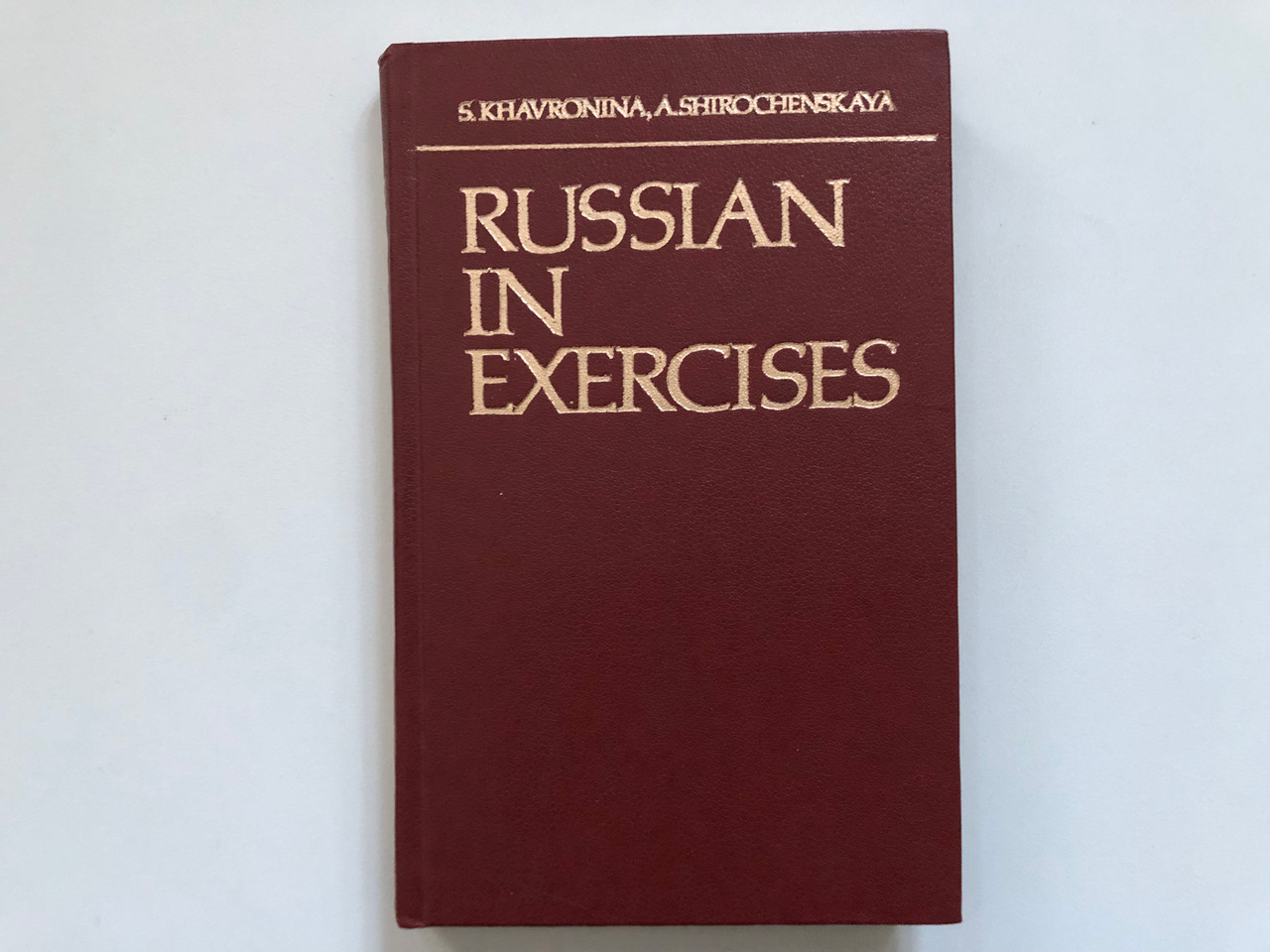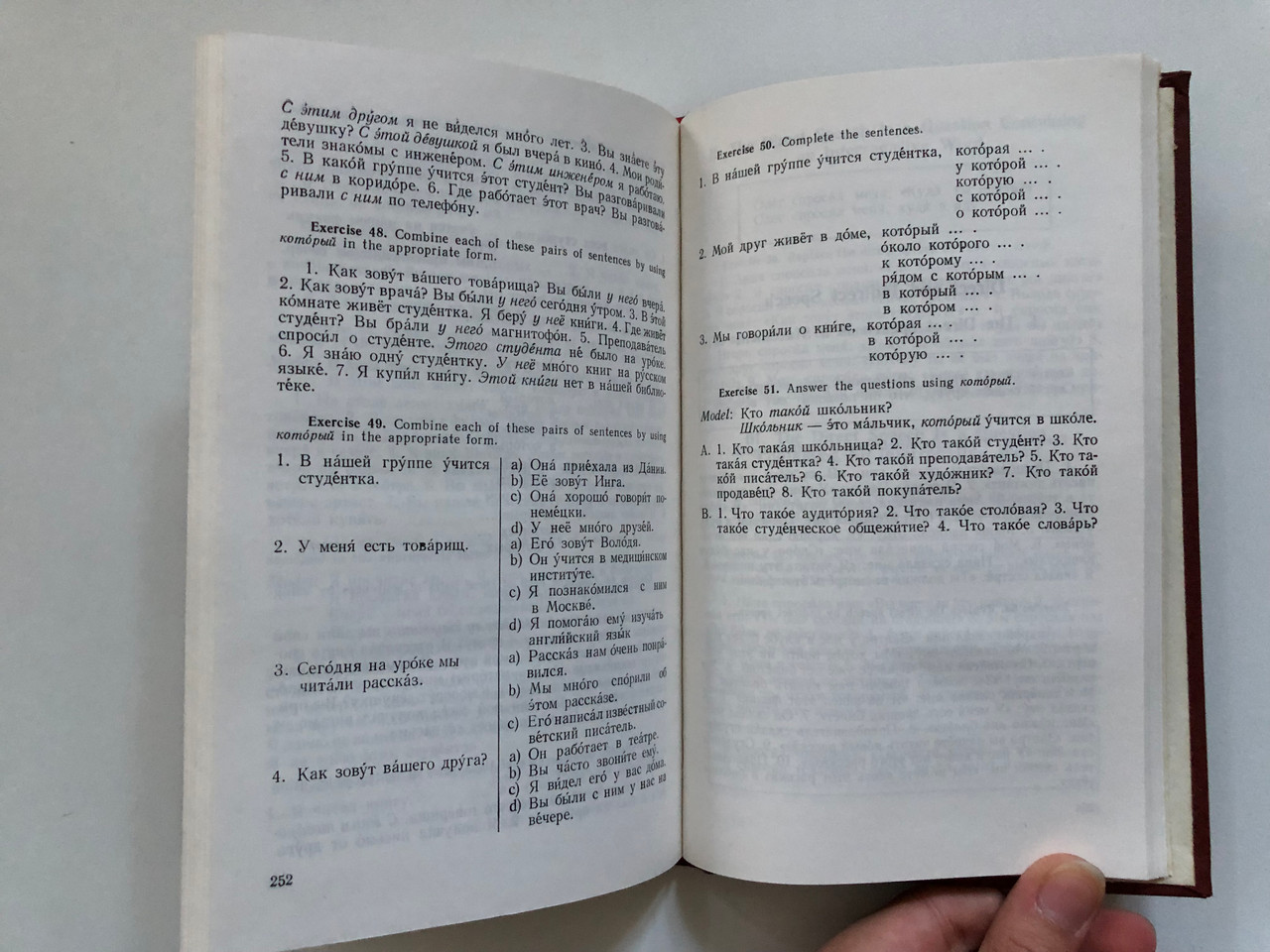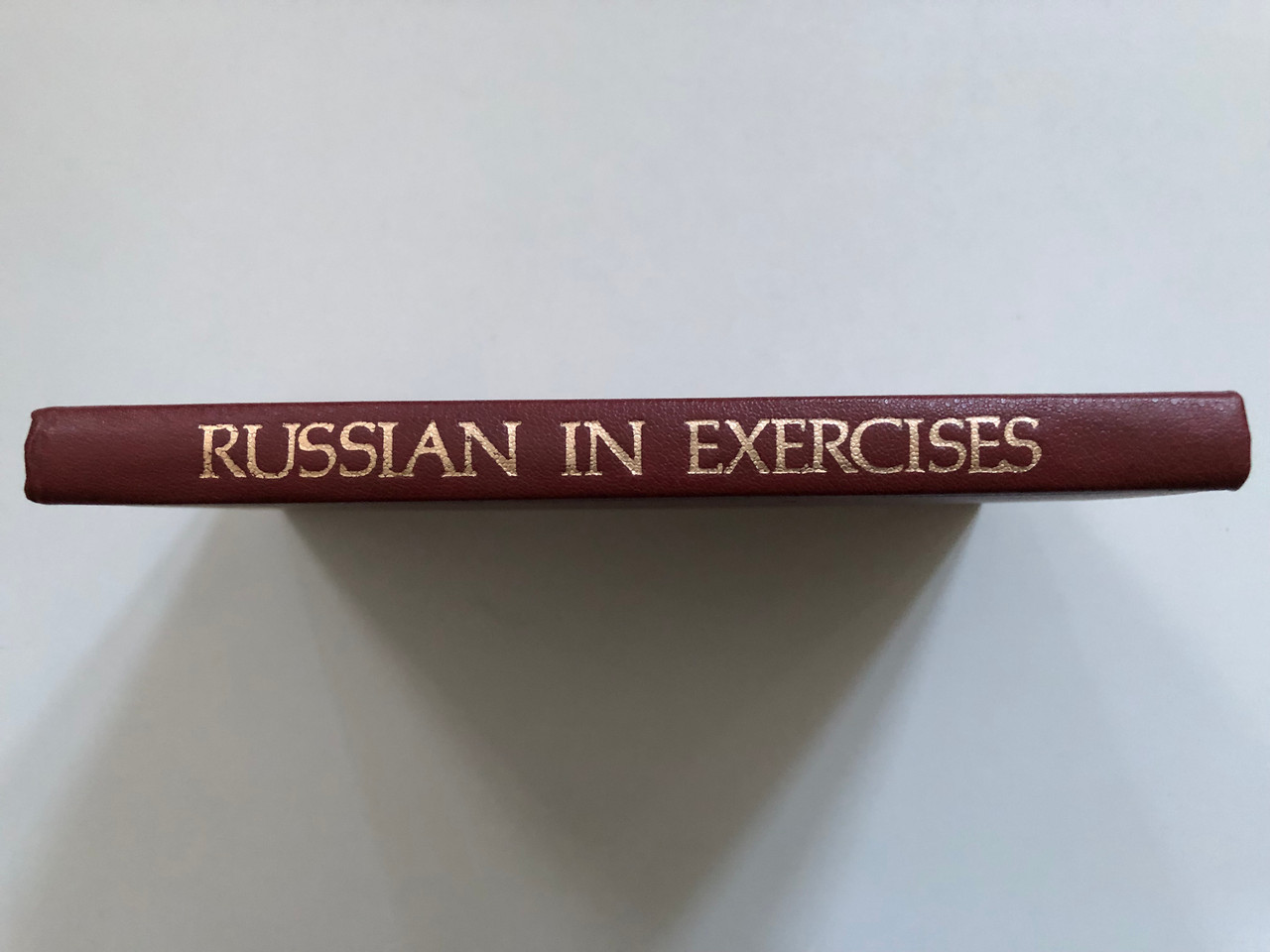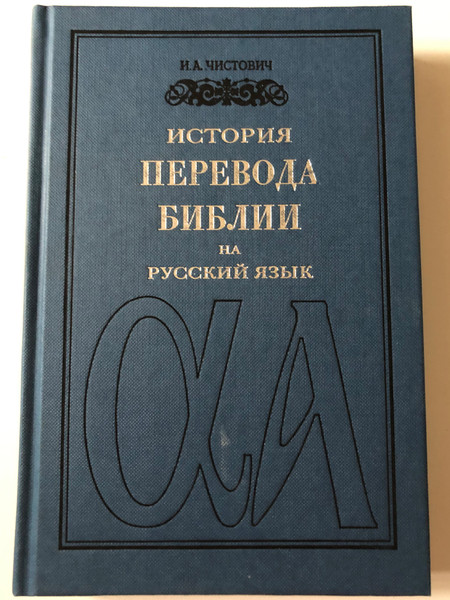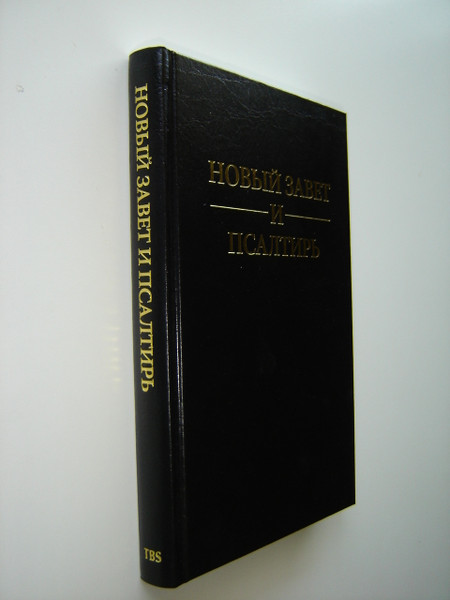Description
Русский язык в упражнениях (Russian in Exercises) | Russian Language Textbook
Product Information
- Product Type: Language Learning Textbook
- Genre: Educational/Language Study
- Languages: Russian, English
- Format: Paperback
- Edition: 5th, revised and enlarged
- Publication Date: 1984
- Publisher: Русский язык (Russky Yazyk), Moscow
- Print Run: 17,500 copies
- Original Price: 1 ruble 27 kopeks
- Target Audience: Beginner Russian language learners
Overview
"Русский язык в упражнениях" (Russian in Exercises) is a comprehensive Russian language textbook designed specifically for beginners learning Russian as a foreign language. Authored by S. Khavronina and A. Shirochenskaya, this fifth revised and enlarged edition contains approximately 800 exercises that systematically cover the most fundamental and typical aspects of Russian grammar and vocabulary. The book employs a practical approach focused on building functional language skills through extensive practice with carefully structured exercises. Divided into two main sections—an introductory course and a basic course—the textbook provides a methodical progression from simple sentence structures to more complex grammatical concepts, with special attention given to the Russian case system.
Russian Translation - Overview (Обзор)
"Русский язык в упражнениях" - это комплексный учебник русского языка, специально разработанный для начинающих изучать русский язык как иностранный. Авторы С. Хавронина и А. Широченская представляют в этом пятом, исправленном и дополненном издании около 800 упражнений, систематически охватывающих наиболее фундаментальные и типичные аспекты русской грамматики и лексики. Учебник использует практический подход, направленный на формирование функциональных языковых навыков через обширную практику с тщательно структурированными упражнениями. Разделенный на два основных раздела - вводный курс и базовый курс - учебник обеспечивает методичный переход от простых структур предложений к более сложным грамматическим концепциям, с особым вниманием к русской падежной системе.
Product Features
- Content: Approximately 800 grammar and vocabulary exercises
- Structure: Two-part organization (Introductory and Basic courses)
- Vocabulary: Limited, strategic vocabulary of about 330 words in the introductory section
- Grammar Focus: Special emphasis on Russian case system and verb conjugations
- Bilingual Format: Instructions and explanations in both Russian and English
- Reviewed by: N.G. Bolshakova, Ph.D. in Philology, and G.G. Gorodilova, Ph.D. in Education
- Translator: V.N. Korotky
- Illustrations: Designed by V.I. Razin
- Physical Specifications: Format 84 × 108/32, Printed on Type 1 paper, Literary typeface
Interesting Facts
Pedagogical Approach
The textbook employs a thoughtfully designed pedagogical approach for non-native speakers of Russian. Rather than presenting grammatical concepts in their traditional order, the authors organize material according to functional communication needs. For example, students first learn to name persons or objects (Это студент. Это книга. / This is a student. This is a book.), then to identify places of action (Мы живём в Москве. / We live in Moscow.), and later to describe objects of action (Я читаю книгу. / I am reading a book.). This functional approach prioritizes practical communication skills over abstract grammatical knowledge.
Strategic Vocabulary Building
The introductory section deliberately limits vocabulary to approximately 330 essential words across various parts of speech (nouns, adjectives, verbs, adverbs, pronouns, and function words). This controlled vocabulary approach ensures frequent repetition of key terms, helping students internalize fundamental vocabulary before expanding their lexical range. This method reflects principles of language acquisition research, which shows that mastery of a small, high-frequency vocabulary can enable basic communication in a new language.
Focus on the Russian Case System
The textbook devotes substantial attention to the Russian case system, which is often one of the most challenging aspects for foreign learners. The authors acknowledge this difficulty directly, noting that "the presence in Russian of numerous declension patterns often proves to be a stumbling block for foreign students." Rather than avoiding this complexity, the book confronts it with extensive practice exercises. The authors emphasize that "without thorough knowledge of these patterns and considerable practice in their use one cannot acquire good Russian speech habits," highlighting the practical importance of mastering this grammatical system.
Russian Translation - Interesting Facts (Интересные факты)
Педагогический подход
Учебник использует тщательно разработанный педагогический подход для неносителей русского языка. Вместо представления грамматических концепций в их традиционном порядке, авторы организуют материал в соответствии с функциональными коммуникативными потребностями. Например, студенты сначала учатся называть лиц или предметы (Это студент. Это книга.), затем определять места действия (Мы живём в Москве. Журнал лежит в портфеле.), и позже описывать объекты действия (Я читаю книгу. Она пишет письмо.). Этот функциональный подход отдает приоритет практическим коммуникативным навыкам над абстрактными грамматическими знаниями.
Стратегическое развитие словарного запаса
Вводный раздел намеренно ограничивает словарный запас примерно 330 основными словами из различных частей речи (существительные, прилагательные, глаголы, наречия, местоимения и служебные слова). Этот контролируемый подход к словарному запасу обеспечивает частое повторение ключевых терминов, помогая студентам усвоить фундаментальную лексику перед расширением их лексического диапазона. Этот метод отражает принципы исследований в области усвоения языка, которые показывают, что овладение небольшим, часто употребляемым словарным запасом может обеспечить базовое общение на новом языке.
Акцент на русской падежной системе
Учебник уделяет значительное внимание русской падежной системе, которая часто является одним из самых сложных аспектов для иностранных учащихся. Авторы прямо признают эту трудность, отмечая, что "наличие в русском языке многочисленных моделей склонения часто оказывается камнем преткновения для иностранных студентов". Вместо того чтобы избегать этой сложности, книга противостоит ей с помощью обширных практических упражнений. Авторы подчеркивают, что "без тщательного знания этих моделей и значительной практики в их использовании невозможно приобрести хорошие навыки русской речи", подчеркивая практическую важность овладения этой грамматической системой.
Publishers
Published by Русский язык (Russky Yazyk) Publishers, Moscow in 1984. Address: 103012, Moscow, Staropansky per., 1/5. Printed by Order of the Labor Red Banner Moscow Printing House No. 7 "Iskra Revolyutsii" of Soyuzpoligrafprom of the USSR State Committee for Publishing, Printing and Book Trade. Address: Moscow 103001, Trekhprudny per., 9. Typesetting began on February 24, 1984; Signed for printing on September 28, 1984.
We value your feedback! Share your experience with this product to help others make informed decisions. Your review is important to us!
Hashtags
English:
#RussianLanguage #LanguageLearning #RussianGrammar #BeginnerRussian #RussianTextbook #RussianInExercises #Khavronina #ForeignLanguageStudy #RusskyYazyk #SovietTextbook
Russian (Теги):
#РусскийЯзык #ИзучениеЯзыка #РусскаяГрамматика #НачинающийУровень #УчебникРусскогоЯзыка #РусскийВУпражнениях #Хавронина #ИзучениеИностранныхЯзыков #СоветскийУчебник





































